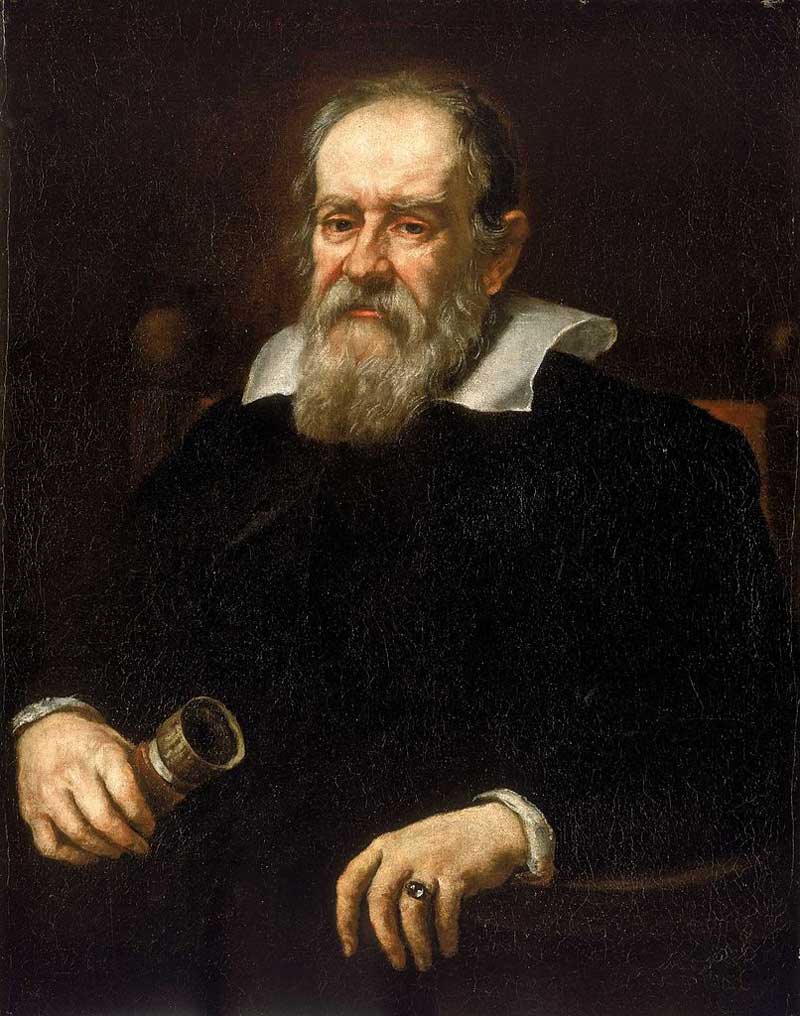Neptune was the first planet to be found via mathematical predictions rather than celestial observations. When Uranus eventually failed to move as expected, Urbain Joseph Le Verrier (French mathematician) and John Couch Adams (English mathematician and astronomer) independently predicted that the deviation was due to the presence of another planet.
Adams sent his discoveries to astronomer George B. Airy in England. Airy in England, who didn’t find (and perhaps didn’t look for) the planet. As a result, Adams never published his discoveries.
Le Verrier contacted several contemporary French astronomers, but they all rejected his discovery. So he sent his predictions to German astronomer Johann Gottfried Galle, who found Neptune on the first night of his search on September 23, 1846 (the official date of discovery is September 24, 1846, as Neptune was discovered in the night between September 23 and 24, 1846). Just 17 days later, Neptune’s largest moon, Triton, was discovered.

Fact: Urbain Joseph Le Verrier (top), John Couch Adams (middle) and Johann Gottfried Galle (bottom) are today credited with the discovery of Neptune
Naming
Although Galle was the official “discoverer” of Neptune, he wanted the planet to be named after Le Verrier, who had predicted or calculated its presence. However, this was not acceptable in international astronomical circles at the time and the planet was instead named after the Roman sea god Neptune. Today, all 3 discoverers (Le Verrier, Adams and Galle) of Neptune are credited with the discovery.
Previous observations of Neptune
Galileo was the first person to observe Neptune in 1612, but he believed the planet was a star and recorded it as such – therefore Galileo’s observation of Neptune cannot be characterized as an actual ‘discovery’ of the planet.
Other early observers of Neptune include Jérôme Lalande in 1795 and John Herschel in 1830; but like Galileo, neither characterized Neptune as a planet. However, these early observations have been important for the later accurate mapping of Neptune’s orbit.

Fact: Galileo was the first astronomer to observe Neptune in 1642, but since he believed the planet to be a star, the discovery’ cannot be attributed to him
Key dates in the discovery of Neptune
1846: Using mathematical calculations, mathematicians and astronomers predict and discover Neptune, increasing the number of known planets in our solar system to 8. Neptune’s largest moon, Triton, is discovered the same year.
1984: Astronomers find evidence for the existence of a ring system around Neptune.
1989: Voyager 2 will be the first and only spacecraft to ever visit Neptune. Voyager 2 will pass approximately 4,800 km above the planet’s north pole.
1998: Scientists are using telescopes on Earth and in space to image Neptune’s rings and arcs for the first time.
2003: Using improved oberservation techniques, astronomers discover 5 new moons orbiting Neptune.
2005: Scientists use the Keck Observatory to image the outermost rings of Neptune and discover that some of the arcs are decaying.
2011: Neptune completes its first 165-year orbit around the sun since its discovery in 1846.
2013: A scientist studying Neptune’s ring arcs in the Hubble Telescope finds a previously unknown 14th moon orbiting Neptune (the moon was previously designated S/2004 N 1).
Exploration
The only spacecraft that has ever visited and explored Neptune is Voyager 2, which was there in 1989. Since then, the general improvement of telescopes has contributed to the discovery of more moons, which can also partly be considered a form of exploration of the planet – but the only plans to visit Neptune again are NASA’s ‘Neptune Orbiter’ mission, reportedly set to launch in 2016 and arrive 14 years later in 2030. The idea is that the Neptune Orbiter will orbit Neptune and study the weather, magnetosphere, ring system and moons.




